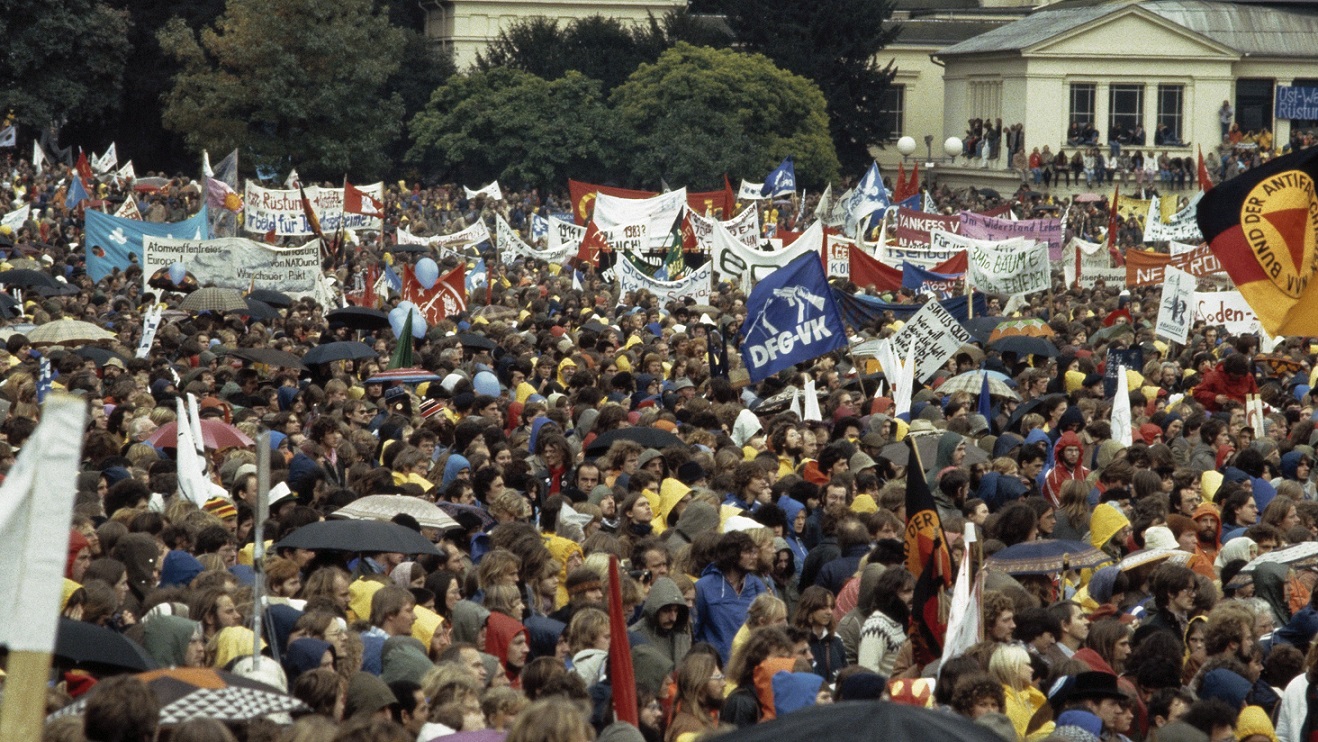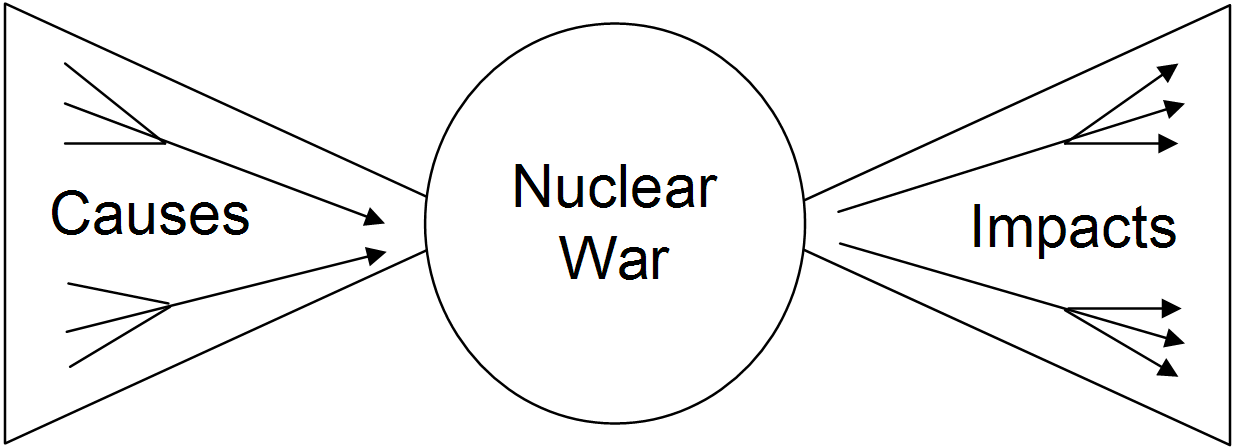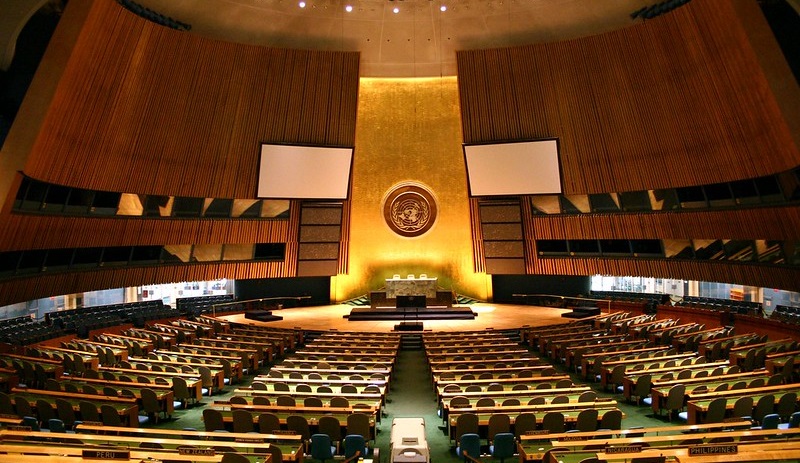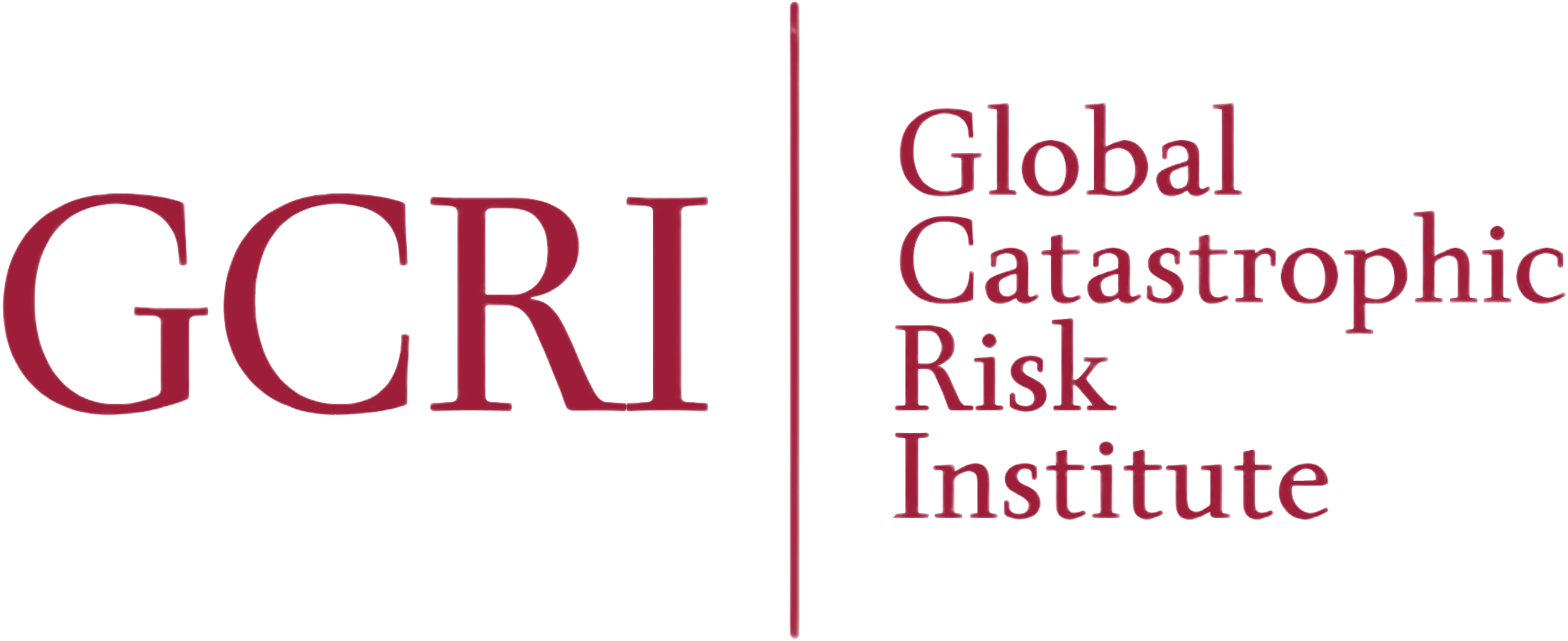Nuclear War
Nuclear weapons can be fired at a moment’s notice, with potentially catastrophic global consequences. But how likely is that to happen? How severe would the effects be if it did happen? And above all, what can be done to reduce the risk?
For many people, concern about nuclear weapons is a bit passé. The issue is a relic of another era, a Cold War artifact with little bearing on the world today. It has been supplanted by more contemporary issues such as climate change and artificial intelligence. In earlier eras, nuclear weapons were a major point of policy debate. In the US Presidential debate of 28 October 1980, nuclear weapons were referenced 24 times, with in-depth policy discussion. In the US Presidential debate of 29 September 2020, nuclear weapons got just one passing mention. In the 1980s, massive crowds showed up to protests about nuclear weapons, such as the 1981 Dutch protest shown below. Now—this text is written in 2024—such crowds are uncommon if not outright unthinkable.

Yet the weapons still exist, as do the adversarial relations between the countries that possess them. Today, there are about 10,000 nuclear warheads worldwide, which is down from over 60,000 in the 1980s, but still more than enough to cause massive global devastation. The largest arsenals are still those of Russia and the United States, two countries that retain a highly adversarial relationship. Indeed, all of the nuclear-armed countries have intense rivalries with other countries—if they didn’t, they wouldn’t need nuclear weapons. As long as the weapons and rivalries exist, the threat of nuclear war will remain. It doesn’t go away just because people stop paying attention. If anything, the lack of attention worsens the threat. Today, there is less institutional support for work on nuclear security and likewise less expertise on it. This leaves countries less capable of handling nuclear weapons issues.
How large is the threat of nuclear war? That is a difficult and understudied question. GCRI is one of the few groups to have studied the topic, having produced detailed models of the probability and severity of nuclear war as part of our risk and decision analysis research, sketched in the figure below. Progress could be made through further research, and we believe such research is worth pursuing. However, there are also limits to how well the risk of nuclear war can be quantified because it involves human decision-making—such as decisions of whether to launch nuclear weapons—in rare and extreme circumstances. The international community must proceed with only a limited understanding of the risk.

Despite the uncertainties, a risk perspective can contribute to nuclear weapons policy debate. For example, international debate over nuclear disarmament often pits those who emphasize how nuclear deterrence can reduce the probability of war against those who emphasize how nuclear weapons can increase the severity of war. In referencing probability and severity, both sides are talking about risk. To the extent that nuclear weapons reduce the probability of war, is that enough to offset any increase in severity? That is a classic risk analysis question, though the uncertainties about nuclear war make it hard to resolve, which GCRI discusses in a reflection on the role of risk analysis in nuclear weapons policy.
A global catastrophic risk perspective can further contribute to nuclear weapons policy. This perspective emphasizes potential global effects of nuclear war, such as the global environmental effect commonly known as nuclear winter. A simple policy response to nuclear winter is to reduce nuclear arsenals until they could not cause severe global effects. However, this conflicts with existing policies of nuclear deterrence. GCRI’s work on winter-safe deterrence explores how arsenals could achieve deterrence policy goals without risking nuclear winter or other severe global effects. Further research could pursue this and other policy concepts for reducing the risk of global catastrophe from nuclear war.

The tragic and ongoing war in Ukraine is a powerful reminder that the risk of nuclear war persists, as are tensions over the status of locations including Taiwan and Kashmir. (See also the GCRI Statement on the Russian Invasion of Ukraine.) Indeed, the risk may persist until the nuclear-armed countries find ways to resolve their differences. A more peaceful world is a worthy goal to pursue. Meanwhile, it is necessary to manage the risk of nuclear war so that it does not cause massive harm, up to and including an extreme global catastrophe.
Featured GCRI Publications on Nuclear War
A model for the probability of nuclear war
The probability of nuclear war cannot be obtained via ordinary event statistics because there has only been one prior nuclear war: World War II. Instead, the probability can be studied by compiling and synthesizing a variety of relevant information. This paper presents a model rooted in 14 scenarios for how nuclear war can break out and includes a dataset of 60 historical incidents, such as the Cuban missile crisis, that might have threatened to turn into nuclear war.
A model for the impacts of nuclear war
Nuclear weapon detonations have five major types of effects: thermal radiation, blast, ionizing radiation, electromagnetic pulse, and changes to human thought and behavior. A full accounting of the impacts of nuclear war starts with these effects and then compiles how they in turn affect the world. This paper presents a model detailing how nuclear war can harm human bodies, infrastructure, economies, the environment, and more. It covers both local and global impacts, including potential catastrophic harms.
Winter-safe deterrence: The risk of nuclear winter and its challenge to deterrence
A sufficiently large nuclear war may be able to cause global catastrophe by disrupting the global environment, an effect known as nuclear winter. Analysts have often responded to nuclear winter by proposing steep reductions in nuclear arsenals, but this goes against existing policies of nuclear deterrence. This paper proposes winter-safe deterrence as a policy concept to satisfy both concerns by reducing nuclear arsenals while using other weapons to achieve deterrence goals without risking global catastrophe.
Full List of GCRI Publications on Nuclear War
Vilhelmsson, Andreas and Seth D. Baum, 2023. Public health and nuclear winter: Addressing a catastrophic threat. Journal of Public Health Policy, vol. 44, no. 3 (September), pages 360-369, DOI 10.1057/s41271-023-00416-7.
Baum, Seth D., 2022. Early reflections and resources on the Russian invasion of Ukraine. Effective Altruism Forum, 18 March.
Baum, Seth D., 2022. How to evaluate the risk of nuclear war. BBC Future, 10 March.
Baum, Seth D., 2021. Accounting for violent conflict risk in planetary defense decisions. Acta Astronautica, vol. 178 (January), pages 15-23, DOI 10.1016/j.actaastro.2020.08.028.
Baum, Seth D., 2019. Risk-risk tradeoff analysis of nuclear explosives for asteroid deflection. Risk Analysis, vol. 39, no. 11 (November), pages 2427-2442, DOI 10.1111/risa.13339.
Baum, Seth D., 2018. Reflections on the risk analysis of nuclear war. In B. John Garrick (editor), Proceedings of the Workshop on Quantifying Global Catastrophic Risks, Garrick Institute for the Risk Sciences, University of California, Los Angeles, pages 19-50.
Baum, Seth D. and Anthony M. Barrett, 2018. A model for the impacts of nuclear war. Global Catastrophic Risk Institute Working Paper 18-2.
Baum, Seth D., Robert de Neufville, and Anthony M. Barrett, 2018. A model for the probability of nuclear war. Global Catastrophic Risk Institute Working Paper 18-1.
Baum, Seth D., 2017. Assessing global catastrophic risk. In Helen Caldicott (editor), Sleepwalking to Armageddon: The Threat of Nuclear Annihilation. New York: New Press, pages 3-10.
Baum, Seth, 2016. What Trump means for global catastrophic risk. Bulletin of the Atomic Scientists, 9 December.
Barrett, Anthony, 2016. False alarms, true dangers? Current and future risks of inadvertent U.S.-Russian nuclear war. RAND Corporation, document PE-191-TSF, DOI 10.7249/PE191.
Baum, Seth D., 2015. Confronting the threat of nuclear winter. Futures, vol. 72 (September), pages 69-79, DOI 10.1016/j.futures.2015.03.004.
Baum, Seth D., 2015. Winter-safe deterrence as a practical contribution to reducing nuclear winter risk: A reply. Contemporary Security Policy, vol. 36, no. 2 (August), pages 387-397, DOI 10.1080/13523260.2015.1054101.
Baum, Seth, 2015. A picture's power to prevent. Bulletin of the Atomic Scientists, 5 August.
Baum, Seth, 2015. Breaking down the risk of nuclear deterrence failure. Bulletin of the Atomic Scientists, 27 July.
Baum, Seth, 2015. Should nuclear devices be used to stop asteroids? Bulletin of the Atomic Scientists, 17 June.
Baum, Seth, 2015. The risk of nuclear winter. Public Interest Reports, vol. 68, no. 2.
Baum, Seth, 2015. On winter-safe deterrence and interdisciplinary research. Bulletin of the Atomic Scientists, 2 April.
Baum, Seth, 2015. On winter-safe deterrence and biological weapons. Bulletin of the Atomic Scientists, 20 March.
Baum, Seth D., 2015. Winter-safe deterrence: The risk of nuclear winter and its challenge to deterrence. Contemporary Security Policy, vol. 36, no. 1 (April), pages 123-148, DOI 10.1080/13523260.2015.1012346.
Baum, Seth, 2015. Deterrence, without nuclear winter. Bulletin of the Atomic Scientists, 9 March.
Baum, Seth, 2015. Support the Austria Pledge. Bulletin of the Atomic Scientists, 27 January.
Baum, Seth, 2014. Nuclear war, the black swan we can never see. Bulletin of the Atomic Scientists, 21 November.
Baum, Seth, 2014. Best and worst case scenarios for Ukraine crisis: World peace and nuclear war. Huffington Post, 7 March.
de Neufville, Robert, 2014. What's at stake for the world in Ukraine. Anthropocene blog, 2 March.
Baum, Seth, 2013. Taming the gigaton gorilla: Using Syria diplomacy to help avoid U.S.-Russia nuclear war. The Huffington Post, 15 September.
Barrett, Anthony M., Seth D. Baum, and Kelly R. Hostetler, 2013. Analyzing and reducing the risks of inadvertent nuclear war between the United States and Russia. Science and Global Security, vol. 21, no. 2, pages 106-133, DOI 10.1080/08929882.2013.798984.
Image credits: protests: Rob Bogaerts / Anefo; risk model: Seth Baum; UN General Assembly: Patrick Gruban
